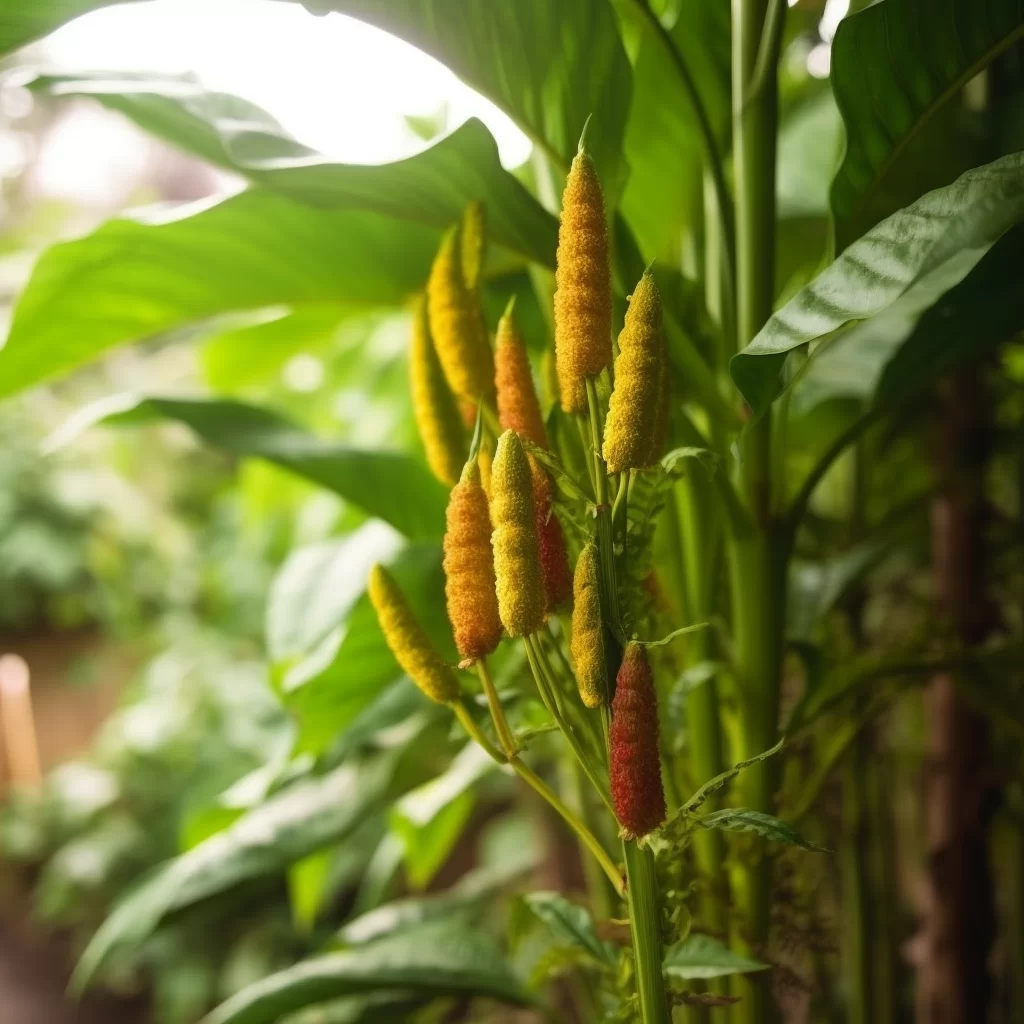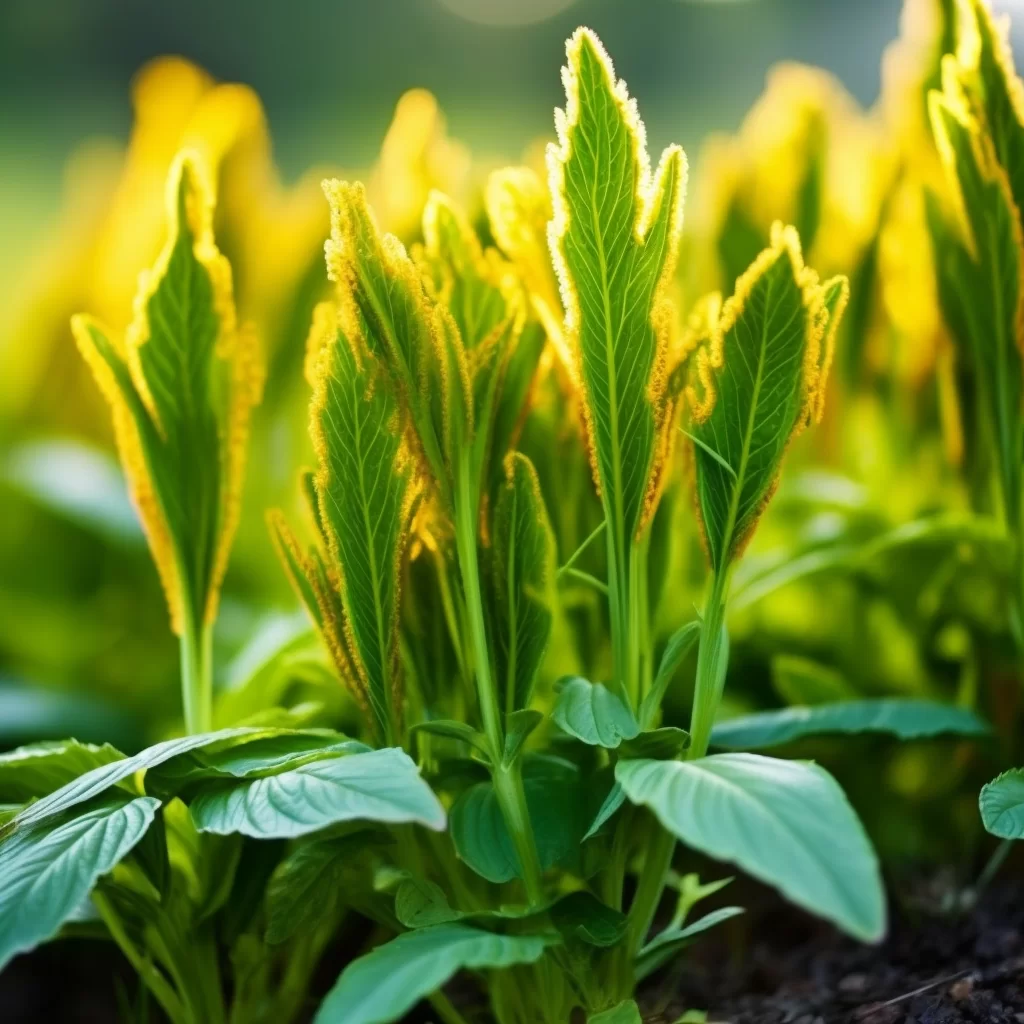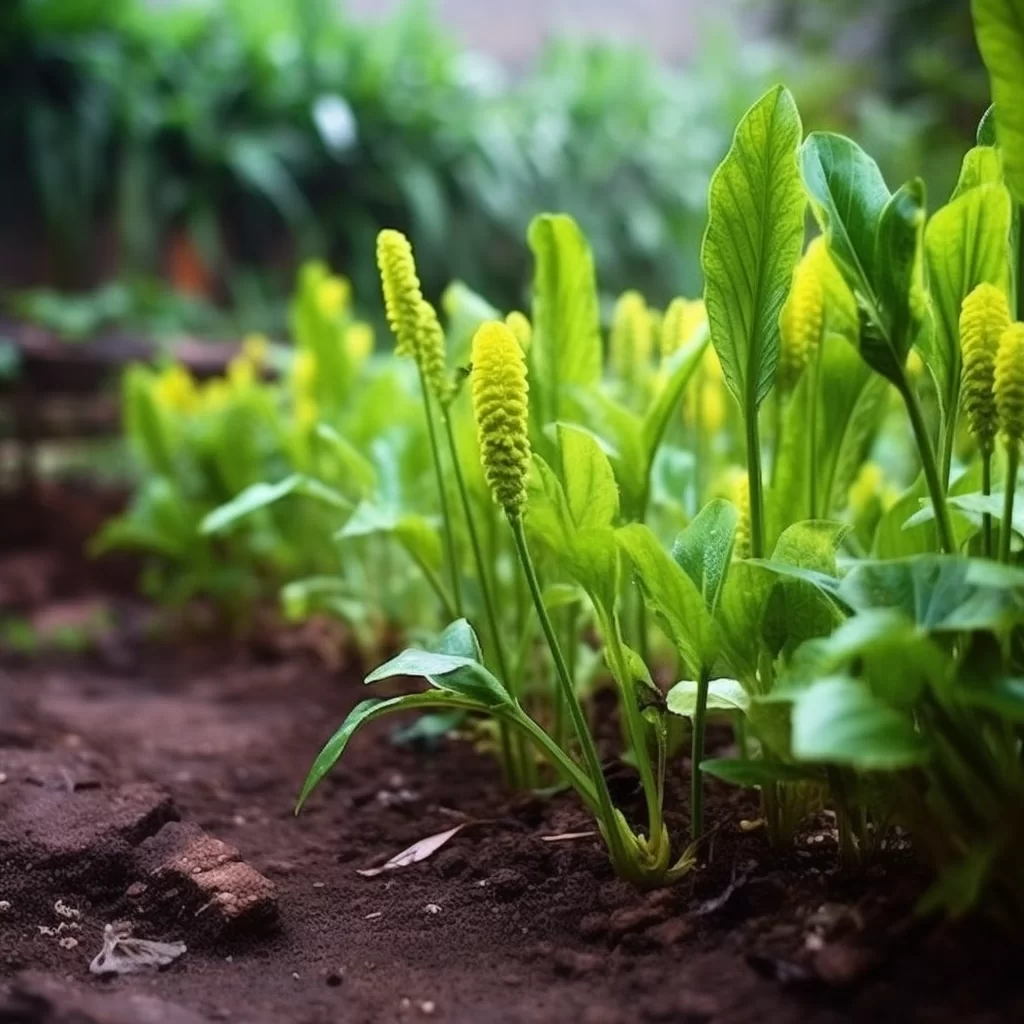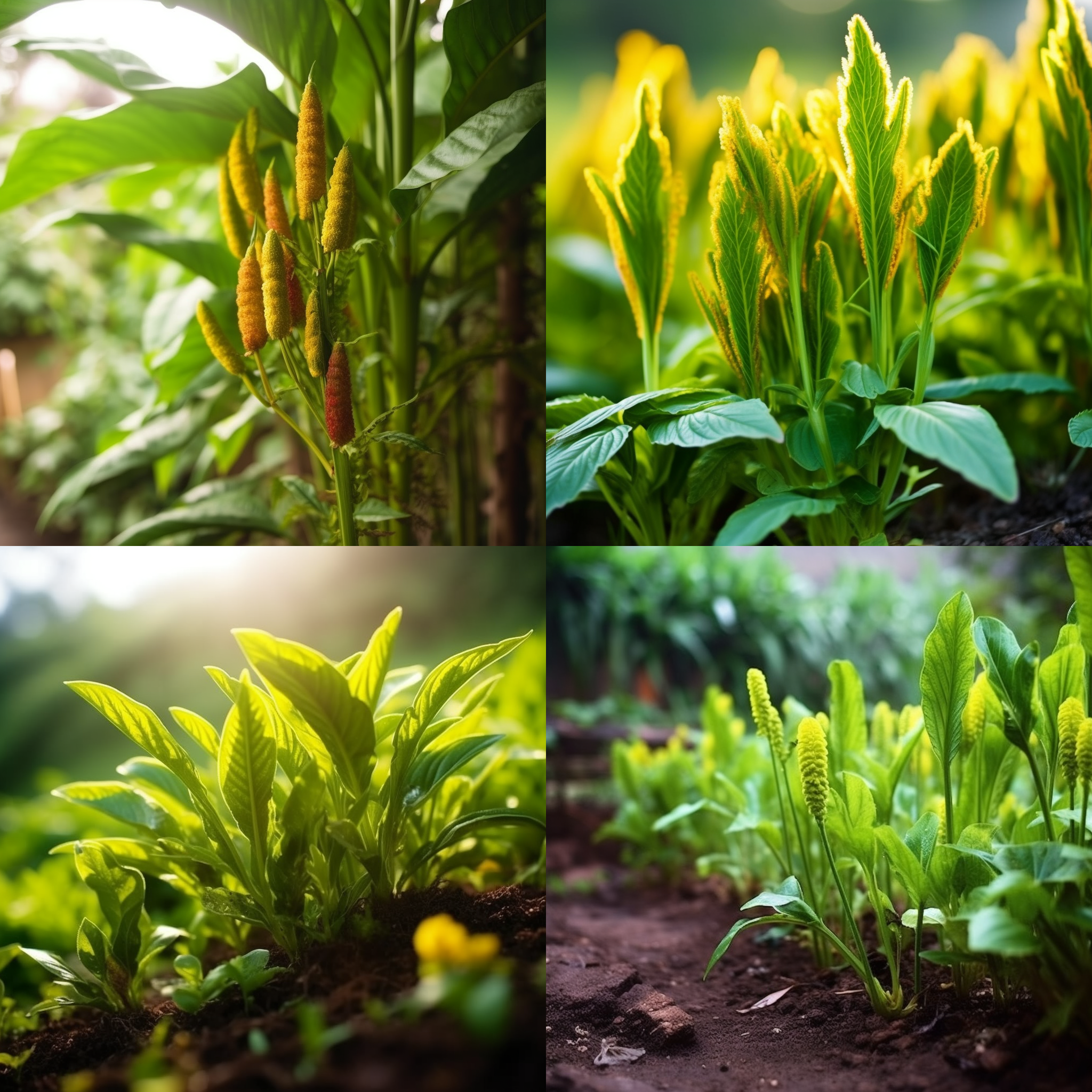Story of Day :
Contents
The Turmeric Plant: A Complete Guide and Care Tips
Hello, garden enthusiasts! Today, we will be exploring the world of turmeric plants. This plant is becoming increasingly popular among herbalists and gardeners because of its numerous health benefits and versatility in cooking. If you’re planning to grow your own turmeric plant, this article is for you! We’ll be discussing everything you need to know about caring for your turmeric plant.
What is Turmeric Plant?

Turmeric (Curcuma longa) belongs to the ginger family and is native to Southeast Asia. It thrives in a tropical climate with temperatures between 68-86°F (20-30°C). The plant has large green leaves that grow up to 3 feet tall with yellow flowers that bloom in midsummer.
Why Grow a Turmeric Plant?

Turmeric has been used for centuries as an Ayurvedic medicine in India due to its anti-inflammatory properties. In recent years, it has gained popularity worldwide as a superfood because of its antioxidant properties. In addition, it adds flavor and color when used in cooking.
- Anti-inflammatory
- Antioxidant
- Adds flavor and color when used in cooking
Growing Your Own Turmeric Plant:

If you want to grow your own turmeric plant, here are some tips:
Selecting Your Soil:

Turmeric grows best organically on well-draining loamy soil enriched with organic compost or aged manure.
Picking the Right Container:
You can use any container as long as there are drainage holes at the bottom of it. Terracotta pots are preferable because they allow the soil to breathe, and they have natural insulation properties that provide protection from temperature fluctuations.
Planting:
You can plant turmeric any time of the year as long as you’re in a warm climate. The rhizomes should be planted just below the surface of the soil with their concave side facing upward.
Watering:
Turmeric needs regular watering, but be careful not to overwater it. Too much water can cause root rot and fungus growth, so make sure that the top inch of soil is dry before watering again.
Caring for Your Turmeric Plant:
Once your turmeric plant has started growing, it’s essential to take good care of it. Here are some tips on how to do that:
Fertilizing:
Turmeric plants need fertilizer throughout their growing season. Use organic compost or aged manure every month during their active growth phase (spring/summer).
Pruning:
The leaves can reach up to 1 meter tall and may require pruning if they become too bushy or start drooping down.
Pest Control:
- The most common pest affecting turmeric plants is spider mites; you can control them by spraying neem oil or insecticidal soap mixed with water onto your plant every two weeks until they disappear
- Spray diluted fish emulsion once a month during spring/summer months which will help keep away aphids
Drying and Storing Turmeric Rhizomes
When harvesting your turmeric rhizome, remove any excess dirt and let it dry for a few days in a warm, dry place. Once your turmeric is fully dried, store it in an airtight container to prevent moisture and mold.
Conclusion:
Growing turmeric does not only add color and flavor to your kitchen but provides numerous health benefits as well. With the right care, you can enjoy fresh turmeric all year round. Just remember to choose the right soil, pot size, watering schedule and provide regular fertilization while keeping an eye out for pests! Happy Gardening!
